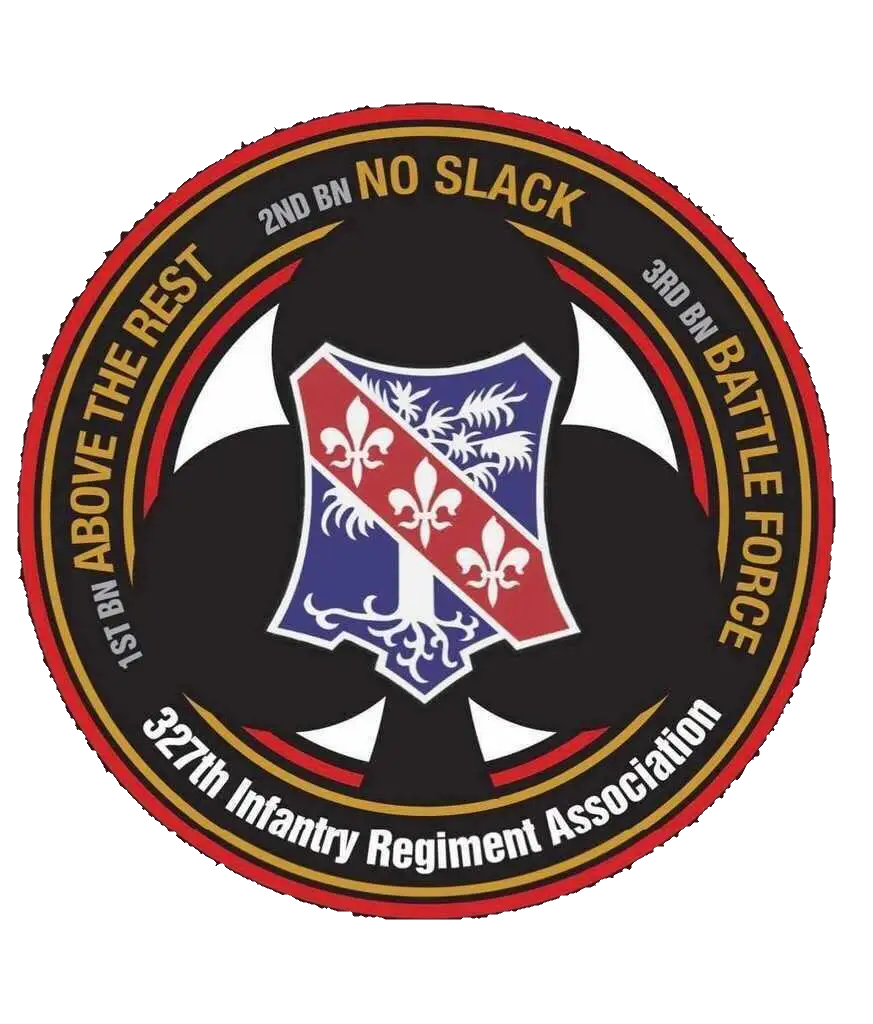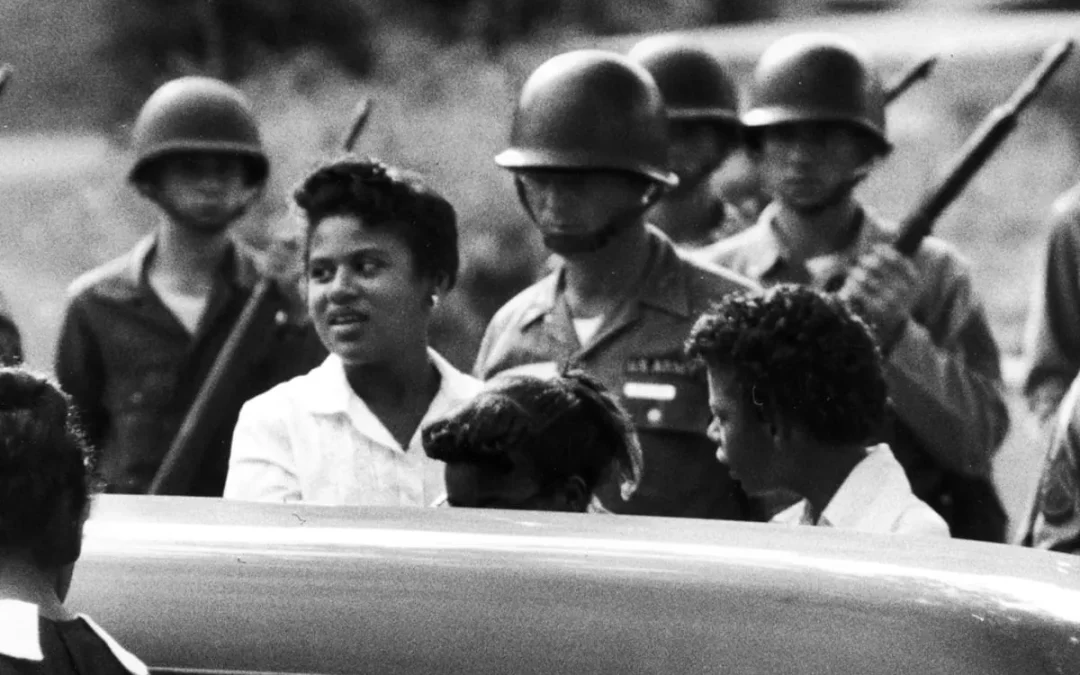The 101st Airborne Division is a U.S. Army division that was activated in August 1942. The division is best known for its actions during the Normandy Invasion and the Battle of the Bulge. In addition to their combat duties, the 101st provides training and support to other Army units.
Today, we’ll examine some things you should know about the 101st Airborne Division. We’ll learn about its history, some of the famous people who have served in its ranks, and its current role in the U.S. Army. So let’s get started!
How the 101st Began

Have you ever wondered when the 101st began? The 101st Airborne Division was activated on August 16, 1942, at Camp Claiborne, Louisiana. It was first commanded by Major General William C. Lee.
In his first address to the 101st soldiers, Lee said that the division had no history but had “a rendezvous with destiny.” The 101st was called on when the need was “immediate and extreme.”
The 101st Airborne Division has been involved in many historical events, including the D-Day invasion of Normandy, the Battle of the Bulge, and the Battle of Hamburger Hill. The 101st has also been called on to provide relief during natural disasters, such as Hurricane Katrina.
Structure of the 101st
The 101st Airborne comprises four infantry brigades, a cavalry squadron, an artillery brigade, and a support brigade. The 101st Airborne Division is headquartered at Fort Campbell, Kentucky.
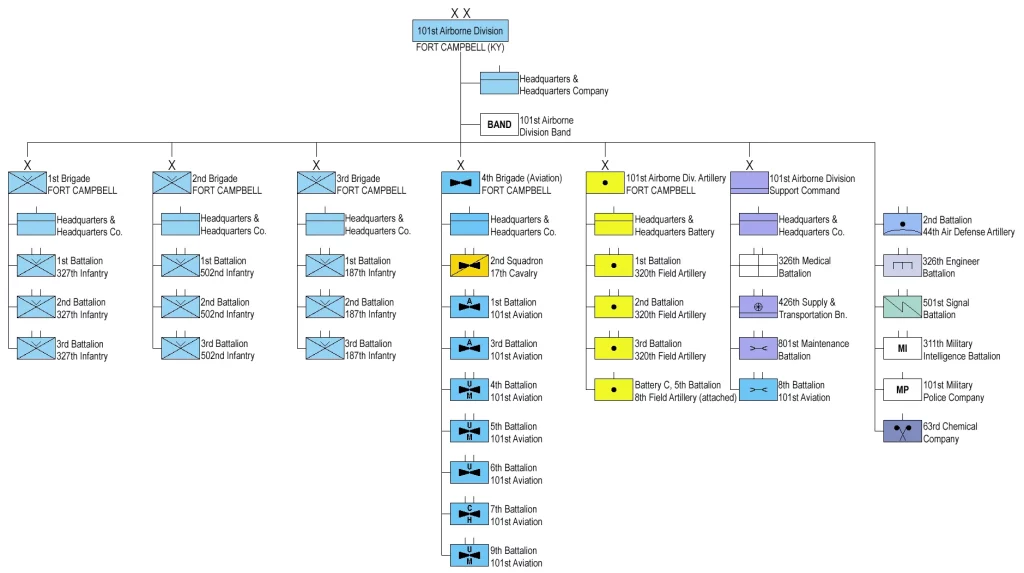
The 101st Airborne is currently made up of the following units:
- 101st Headquarters and Headquarters Battalion.
- 1st Brigade Combat Team.
- 2nd Brigade Combat Team.
- 3rd Brigade Combat Team.
- 101st Airborne Division Artillery.
- 101st Sustainment Brigade.
- 101st Combat Aviation Brigade.
101st Headquarters and Headquarters Battalion.
The 101st Headquarters and Headquarters Battalion provides command and control for the 101st Airborne by way of:
- Headquarters and Support Company “Gladiators”
- Signal, Intelligence, and Sustainment Company “Never Quit”
- 101st Airborne Division Band “Pride of the Eagle.”
- 40th Public Affairs Detachment “The Professionals.”
Each of these groups plays a vital role in the 101st Airborne Division.
1st Brigade Combat Team.
The first US Army airborne unit, the 1st Brigade Combat Team (Airborne), was formed in August 1942 as the 1st Brigade, 327th Infantry Glider Regiment, 101st Airborne Division.
Since September 17, 1917, based at Fort Gordon in Georgia, the brigade had previously consisted of 1st and 2nd Battalion 327th Infantry Glider Regiment and 2nd Battalion 401st Glider Infantry Regiment.
The brigade is currently made up of the following units:
- Headquarters and Headquarters Company “King of Clubs”
- 1st Battalion, 327th Infantry Regiment “Bulldogs.”
- 2nd Battalion, 327th Infantry Regiment “No Slack.”
- 1st Squadron, 32nd Cavalry Regiment “Bandits.”
- 1st Battalion, 506th Infantry Regiment “Red Currahee.”
- 326th Brigade Engineer Battalion “Sapper Eagle.”
- 426th Brigade Support Battalion “To the Task.”
No matter how the 101st Airborne has changed over the years, one thing has remained constant: its commitment to serving and protecting the United States of America.
2nd Brigade Combat Team.
The 159th Infantry Brigade, a component of the 80th Division, was established in August 1917 and is, therefore, the second oldest unit in our branch.
The 2nd Brigade Combat Team has seen numerous changes throughout its history, but it remains an integral part of the 101st Airborne Division, consisting of:
- 1st Battalion, 502nd Infantry Regiment “First Strike.”
- 2nd Battalion, 502nd Infantry Regiment “Strike Force.”
- 1st Battalion, 26th Infantry Regiment “Blue Spaders.”
- 1st Battalion, 75th Cavalry Regiment “Widowmakers.”
- 39th Brigade Engineer Battalion “Raptor.”
- 526th Brigade Support Battalion “Performance.”
These units work together to provide the 101st Airborne Division with the support it needs to complete its mission.
3rd Brigade Combat Team.
The 187th Infantry Regiment, from which the Rakkasans draw their history and lineage, was constituted on Nov. 12, 1942, at Camp Mackall, North Carolina. The unit was activated on Feb. 25, 1943, and designated as a glider infantry regiment (GIR) assigned to the 11th Airborne Division.
The 3rd Brigade Combat Team, “Rakkasans,” was first constituted on November 12, 1942, as the 187th Glider Infantry Regiment. The unit was then activated on February 25, 1943, as a glider infantry regiment assigned to the 11th Airborne Division. The Rakkasans have been a part of the 101st Airborne Division since their inception and are currently made up of:
- Headquarters and Headquarters Company “Samurai Rakkasans”
- 1st Battalion, 187th Infantry Regiment “Leader Rakkasans.”
- 2nd Battalion, 506th Infantry Regiment “White Currahee Rakkasans.”
- 3rd Battalion, 187th Infantry Regiment “Iron Rakkasans.”
- 1st Squadron, 33rd Cavalry Regiment “War Rakkasans.”
- 21st Brigade Engineer Battalion “Rak Solid Rakkasans.”
- 626th Brigade Support Battalion “Assurgam Rakkasans.”
Oh, in case you didn’t know what a Rakkasan is, it’s Japanese for “falling down umbrella man (parachute),” And that’s just one of the many things you should know about the 101st Airborne Division.
101st Airborne Division Artillery.
The 101st Division Artillery (DIVARTY) has been with the 101st Airborne since its activation in 1942. The unit was constituted on June 24, 1921, and has undergone a few name changes. It is currently made up of:
- Headquarters and Headquarters Company “Headhunters”
- 1st Battalion, 320th Field Artillery “Top Guns.”
- 2nd Battalion, 32nd Field Artillery “Proud Americans.”
- 3rd Battalion, 320th Field Artillery “Red Knight Rakkasans.”
- 2nd Battalion, 44th Air Defense Artillery Regiment “Strike Fear.”
No matter what you call them, the DIVARTY is a critical part of the 101st Airborne Division, providing the necessary support to troops in combat.
101st Sustainment Brigade.
The 101st Airborne Division Sustainment Brigade was formed July 1, 1956, as the Headquarters, Headquarters, and Service Battalion of the 101st Airborne Division Support Group at Fort Campbell. The 326th Airborne Medical Company, the 426th Airborne Quartermaster Company, the 101st Parachute Support, Maintenance Company, the Headquarters, Headquarters Detachment, and the Band were assigned to the new organization.
The brigade has undergone a few changes since then, but its mission has remained the same: to provide combat service support to the 101st Airborne Division. The brigade is currently made up of:
- Headquarters and Headquarters Company “Angry Dogs”
- 101st Special Troops Battalion “The Sustainers.”
- 129th Combat Sustainment Support Battalion “Hammer Down.”
- 716th Military Police Battalion “Peacekeepers.”
From dogs to “The Sustainers,” the 101st Sustainment Brigade has a long and proud history of supporting the 101st Airborne Division.
101st Combat Aviation Brigade.
The 101st Aviation Brigade was born as the 4th Aviation Section on December 7, 1950, under the Eighth U.S. Army Korea. The section was activated in response to the North Korean invasion of South Korea and saw significant combat during the war. The unit was deactivated and reactivated several times, but one thing remained constant: its commitment to the 101st Airborne Division.
The brigade is currently made up of:
- Headquarters and Headquarters Company “Hellcats”
- 2nd Battalion, 17th Cavalry Regiment “Sabre.”
- 1st Battalion, 101st Aviation Regiment “No Mercy.”
- 5th Battalion, 101st Aviation Regiment “Eagle Assault.”
- 6th Battalion, 101st Aviation Regiment “Shadow of the Eagle.”
- 96th Aviation Support Battalion “Troubleshooters.”
Whether flying attack helicopters or supporting ground troops, the 101st Combat Aviation Brigade is an essential part of the 101st Airborne Division.
Now back to some interesting 101st Airborne Division trivia:
During World War II, the 101st Airborne Paved the Way in France.
Not many people realize that on June 6, 1944, the 101st “Screaming Eagles,” were some of the first American soldiers to set foot on the beaches of Normandy.

The 101st Airborne Division was pivotal in clearing other Allied troops’ paths to land at Utah Beach. The division was also responsible for liberating the city of Carentan.
The 101st Airborne Played a Role in School Desegregation.
In September 1957, President Dwight D. Eisenhower deployed portions of the 101st Airborne Division to protect the Little Rock Nine, a group of Black students attempting to attend classes at Little Rock Central High School in Arkansas.
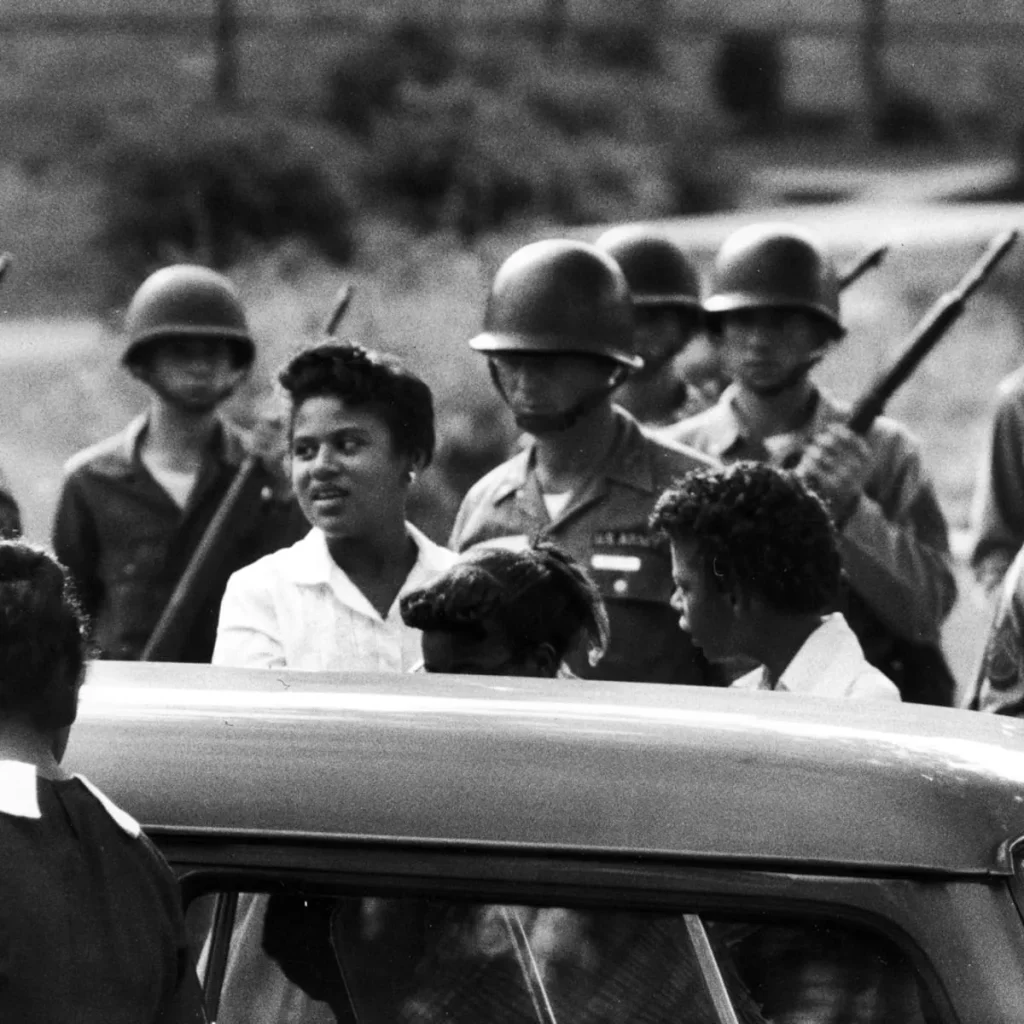
The 101st Airborne had a few Celebrities Serve in its Ranks
Some of the more famous members of the 101st Airborne Division include:
Jimi Hendrix
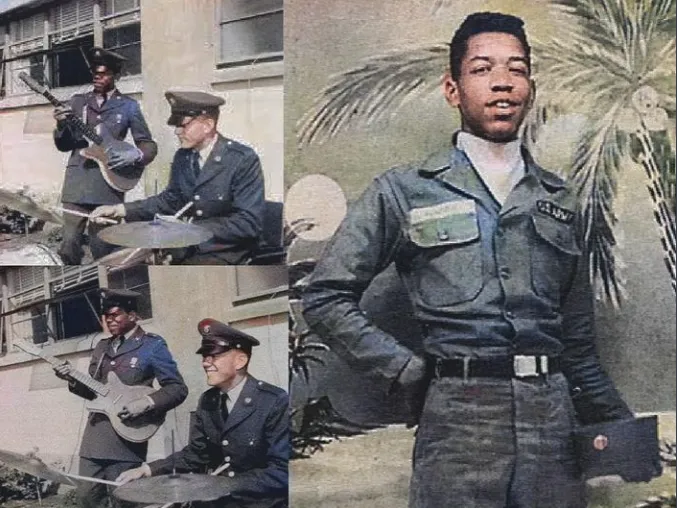
The world’s most famous guitarist served in the 101st Airborne Division from 1961 to 1962.
Although he may be an excellent guitarist, he didn’t do so well in the Army, and although he completed jump school, receiving his Screaming Eagle patch in 1962, he was honorably discharged in May of the same year.
Randy Couture
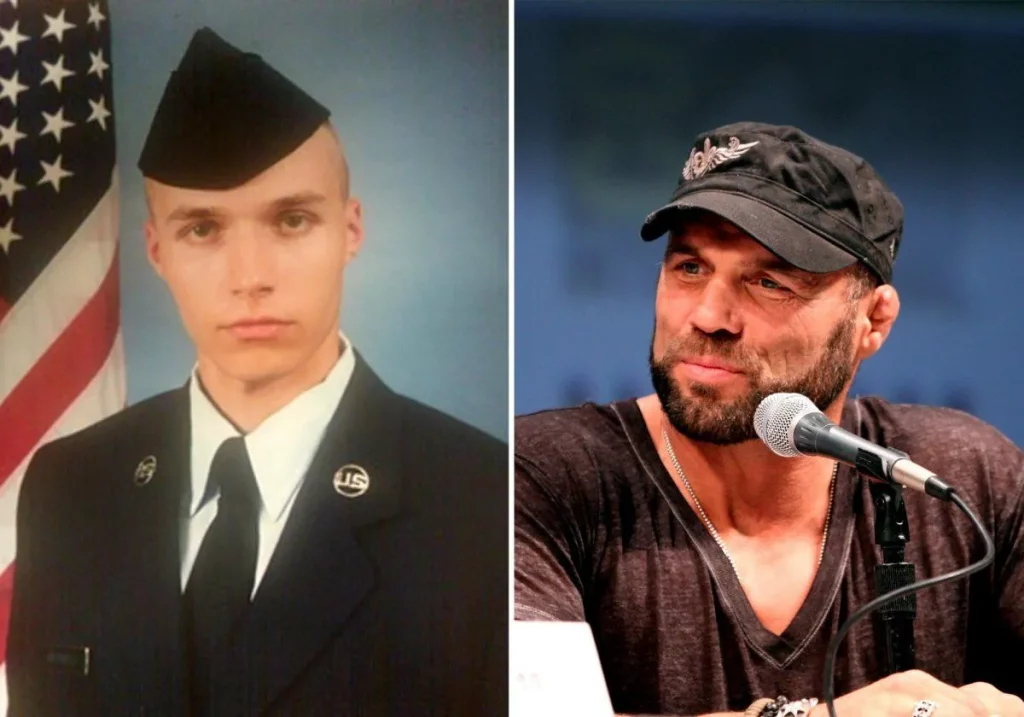
Before becoming a UFC champion, Randy Couture climbed the ranks to Sergeant during his six-year stint as a Screaming Eagle. He was also a USAR Greco-Roman Wrestling team member until he left the military in 1988.
These are just two of the more famous members of the 101st Airborne Division. Many more stories of courage and valor have come out of this division. The 101st Airborne Division truly is a band of brothers.
Conclusion
As you can see, the 101st Airborne Division has a long and proud history. From its humble beginnings as a parachute test unit to its current role as one of the most deployable units in the Army, the 101st Airborne Division has always been at the forefront of combat operations. The stories of the Screaming Eagles will continue to be told for many years to come.
Thank you for your support!
